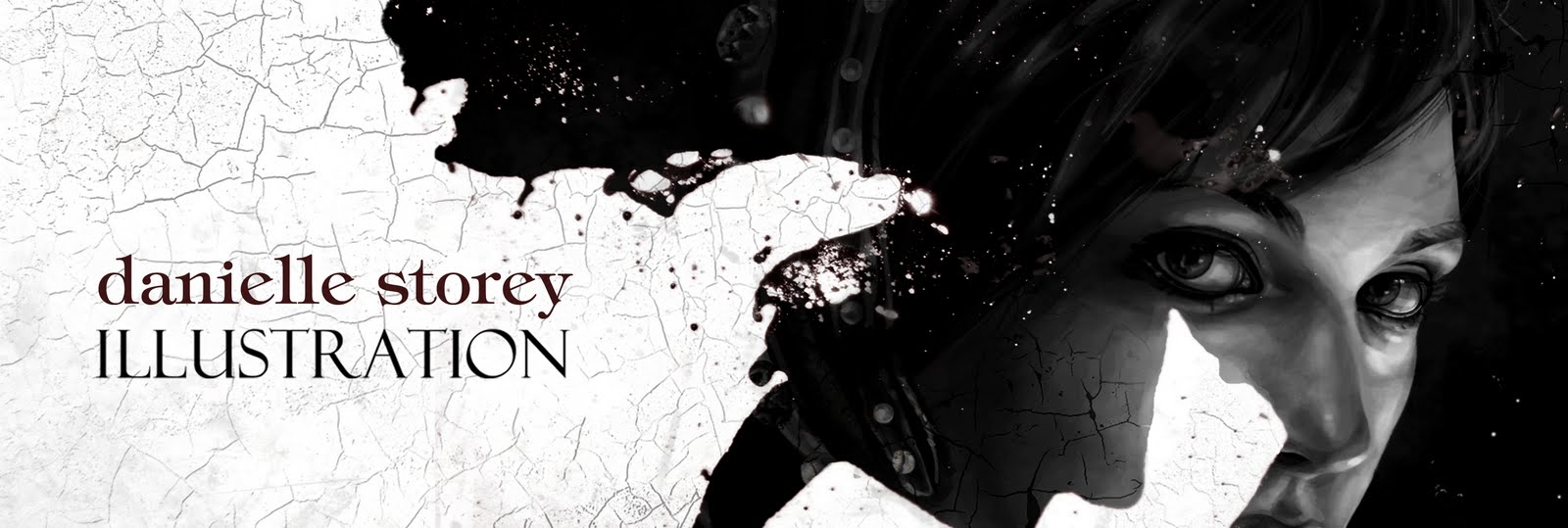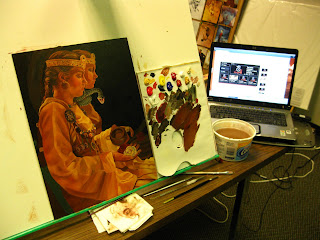Image #1: Victor Frankenstein catches a glimpse of the wretch near the location of William’s murder.
“While I watched the tempest, so beautiful yet terrific, I wandered on with a hasty step…I perceived in the gloom a figure which stole from behind a clump of trees near me. I stood fixed, gazing intently; I could not be mistaken. A flash of lightning illuminated the object and discovered its shape plainly to me; its gigantic stature, and the deformity of its aspect, more hideous than belongs to humanity, instantly informed me that it was the wretch, the filthy daemon to whom I had given life”
Frankenstein or, The Modern Prometheus, Chapter 7
Image #2: Murder of
Passage: “She was there, lifeless and inanimate, thrown across the bed, her head hanging down and her pale and distorted features half covered by her hair. Everywhere I turn I see the same figure—her bloodless arms and relaxed form flung by the murderer on its bridal bier” Frankenstein or, The Modern Prometheus, Chapter 23
Image #3: Discovery of Henry Clerval’s corpse
Passage: “As he was proceeding along the sands, he struck his foot against something and fell at his length on the ground. His companions came up to assist him, and by the light of their lantern they found that he had fallen on the body of a man, who was to all appearance dead. The supposition was that it was the corpse of some person who had been drowned and was thrown on shore by the waves; but, on examination they found that the clothes were not wet and even that the body was not then cold”
Frankenstein or, The Modern Prometheus, Chapter 21




















































